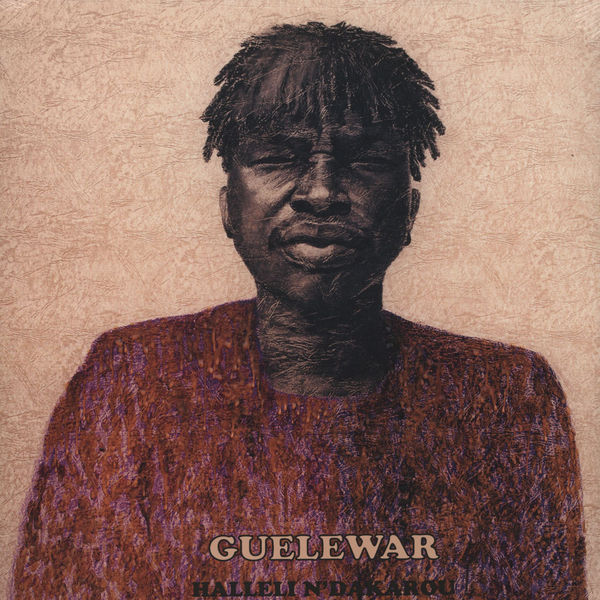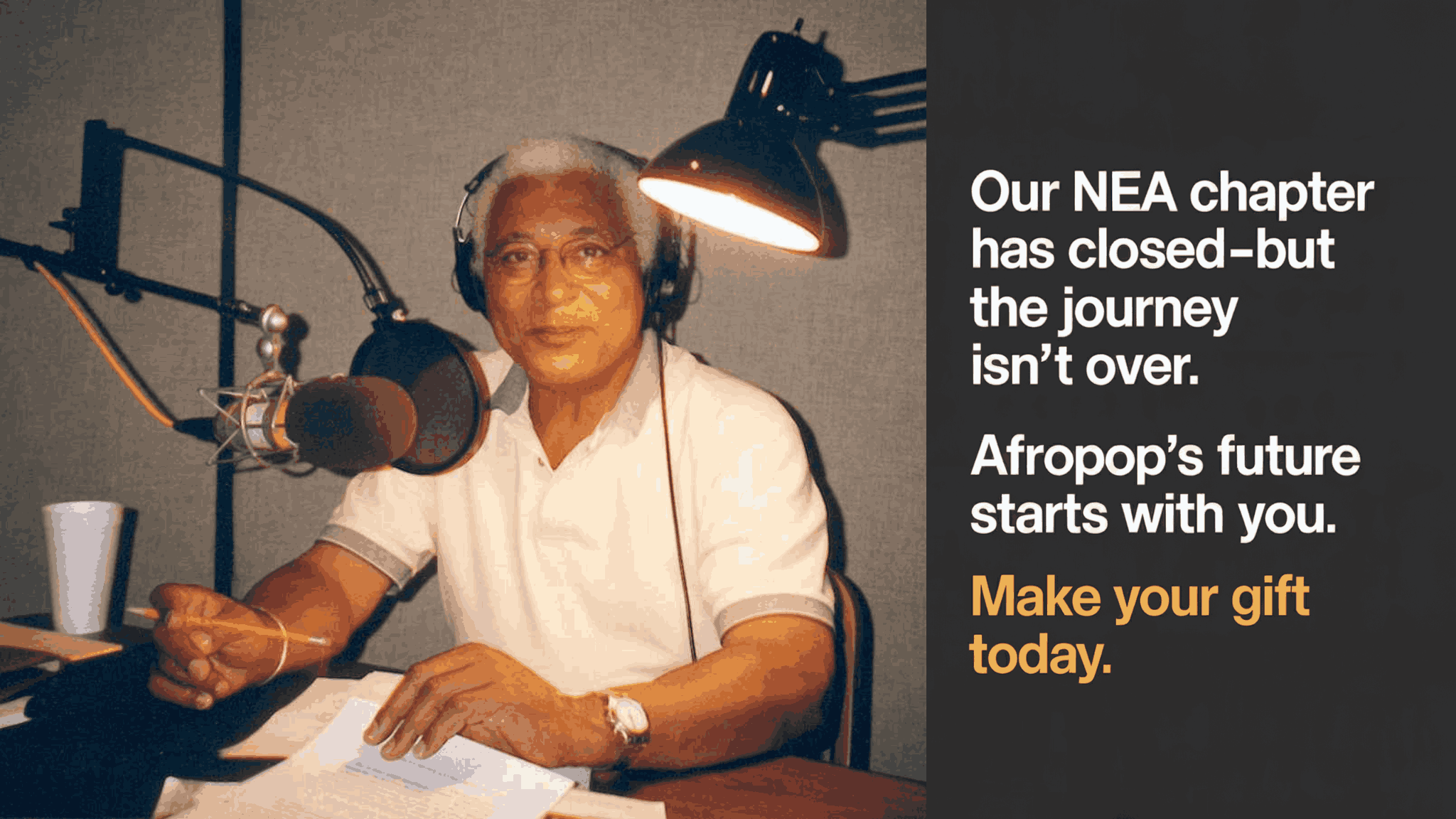Reviews October 10, 2011
Halleli N Dakarou
In Guelewar’s remastered live recording from 1982 west African blues riffs are put through a mini-MOOG synthesizer to create a sound that might be what a computer would play if it had soul and a funky groove. The album’s technology-heavy, trancelike songs, at the time, presented an entirely new take on Senegambian music. Discovered by Adamantios Kafetzis, the founder of Teranga Beat Records, the record is just one of many re-releases resulting from a project by Kafetzis in an effort to bring to light classic Senegambian recordings from the late 1960s to 80s. Lucky us.
Guelewar was founded in Banjul, The Gambia in 1970. Originally called The Alligators, they were led by musical star Bai Janha, a central figure in the Gambian musical community during the 1970s. In 1972, the band decided to incorporate more local musical styles, using the 21-stringed Kora. The group also incorporated the sabar drums, an indigenous instrument which beats out a rhythmic style known as Mbalax. This style of dance music was later internationalized by Senegalese star Youssou N’Dour. In keeping with this shift to incorporate more local influences, the group changed their name from the English ‘Alligator’ to Guelewar. In 1975, bandleader Janha left the group to join rival band Ifang Bondi. Moussa Ngom was brought in as the new lead singer, with his cousin Laye Ngom as bandleader and arranger. Moussa began his singing career as part of the melancholy circumcision rituals and celebrations traditional to the Gambian countryside. As part of Guelewar, he chose to sing in Wolof as opposed to English. This LP, taken from a live concert at the Canari Club de Kaurack in Senegal, is the last recording we have of Guelewar. The group disbanded in 1983.
Album opener, “Yaye Ramoutoulaye,” thrusts you right into a tropical electronic groove. Vocals add texture behind the dance, but the mini-MOOG dominates the sound, moving up and down scales behind a drum vamp. The song drags on with little progression beyond this original beat. Midway through the second track, “Balla Jigi,” the synthesizer cuts out allowing the strong percussion players to shine. Their complex yet loose playing is a treat, exposing the rhythmic underbelly of the ensemble which anchors those long synthesizer grooves. The percussive power comes through again midway through “Halleli N’Dakarou N’Diaye,” as the drums and one singer are isolated with band hits behind them. The sabar drums beat out an unrelenting triplet rhythm. However, the drummers are not the only talented musicians in the ensemble.
This is most evident on “Ouvareyea,” where the dexterity of the guitar player shines through, as he leads the band with a fast, playful guitar line and later shows his creative skills in improvisation. The singers also blend wonderfully at the beginning of “Cilss,” which may be their most inspired track, and also their most openly political. One singer begins with a melancholy refrain in Wolof with the feel of a religious chant, and is soon joined by other singers, then the energized drummers and finally the rest of the synthesizer and guitar. Although the lyrics are not totally clear, the phrase “Our people have lost very much” is repeated again and again. The song’s title comes from the Permanent Inter-State Committee for Drought Control in the Sahel (CILSS), an organization established in 1973 in response to horrible draughts in the region from 1968 to 70. The next song, “President Jawara – Abdul Diouf,” continues the political focus. This concert occurred only one year after an attempted coup in 1981 and so the political landscape was very hot. During the coup, Jawara called on and received military aid from Senegal. That same year, Senegalese president Abdul Diouf convinced Jawara to unite the two countries, forming the Senegambian Confederation. At the six minute mark, the song shifts from a lamentation to a lighter tone suggesting hope for the future. Unlike the dance beats of the first half of the album, the singers here push to the foreground, brashly stating their message with little emphasis on melody, speaking to us in a tone reminiscent of hip hop. Unfortunately, the lyrics are not yet available, but in the extensive liner notes by Kefatzis, their political message becomes clear.
Partly because of the nature of live recording, the songs on this release are not tight, but rather quite long, with most averaging around eight minutes. Most focus less on structural development than on relishing the groove, and end seemingly arbitrarily with one big warm chord. However, the album gains strength as it progresses; the synth dance grooves are refined, with a larger role for the singers and a political bent. The tropical, electronic vamps are still present, but are more broken up and varied, allowing the percussion section and singers to be heard. The group has an infectious, loose energy, and it is fun to hear them experimenting with the new technology of the mini-MOOG. They’re worth a listen, and if we could travel back to 1982, you can bet we would be dancing our asses off at their show.
- Eli Rumpf









